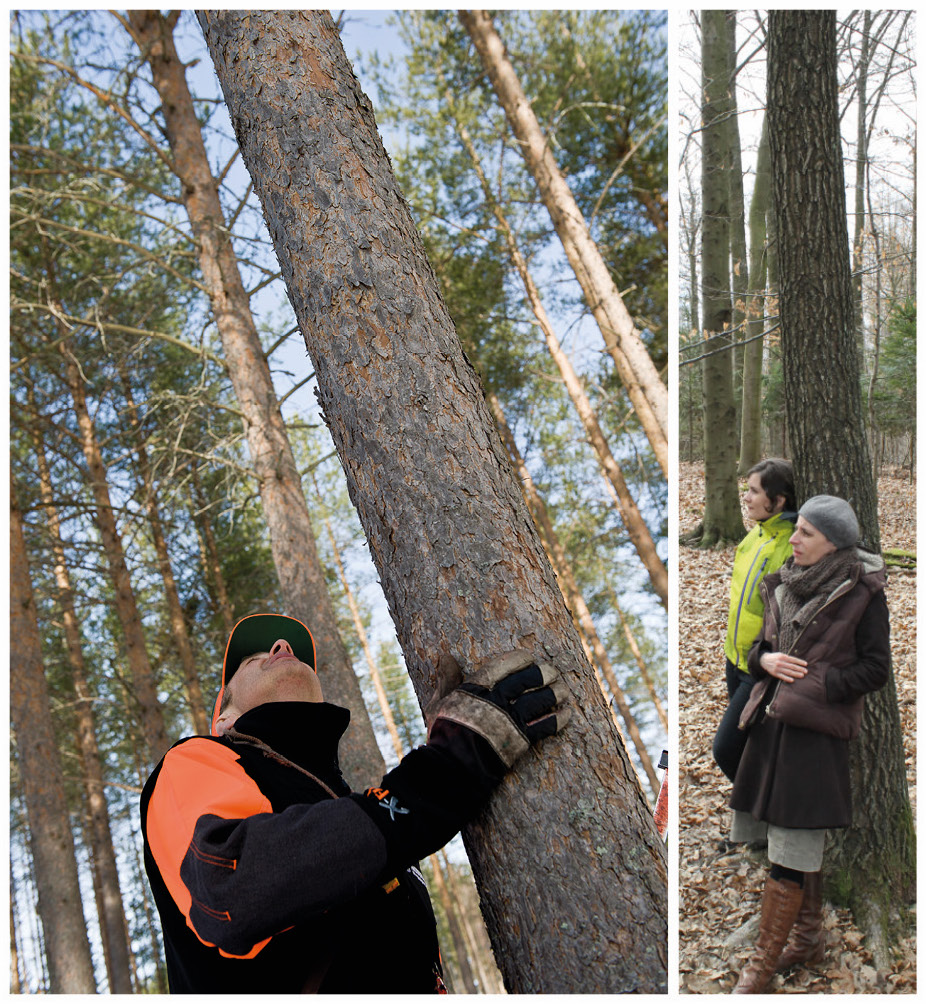Despite the fact that approximately 30 percent of the forest owners in Europe are women, there is a lack of basic insight and knowledge regarding the significance of gender when it comes to who owns forest and how the ownership is constructed, as well as the prerequisites for management and operations. Applying a gender perspective to available data, a group of forest researchers claims that we can better understand the ways in which women’s and men’s forest ownership differs, and what implications this has for the individual as well as society. How the data can be used, what comparisons are possible to make, and what new insights can potentially be gained, are presented in a peer-reviewed article.
Who owns forest is basically the result of a particular country’s historical, political and cultural heritage. In Scandinavia as well as West and Central Europe, the tradition has been that privately owned forests have been transferred from parents to children through inheritance or purchase, and it is usually sons who have had priority over daughters. Meanwhile, in many former communist countries, the return of properties from the state to descendants of previous owners has been done without regard to whether they are female or male. This is why we now find the highest share of women owners of forest in countries such as Estonia, Lithuania and Slovenia. However, in many countries gender-disaggregated data are not available.
Women and men make different choices
In countries where gender-disaggregated data are available, it is also possible to analyze and understand gender as a structural factor; not just for ownership but also for management and operations. For example, forest-owning men in Lithuania conduct more activities, and with greater variation, than the forest-owning women, and also make decisions themselves to a higher degree than the women do. In Norway, the men visit their forestland significantly more often than the women do. In France, almost twice as many forest-owning men than women are interested in acquiring more forest, and at the same time are less willing to sell off a part of their forest than the women are.
Statistics and visibility matter
Gender-disaggregated data are important in order to make women, as forest owners, visible; but these data are even more important if we are to understand how gender affects the management of the forest. Since forestry has traditionally been perceived as a male-dominated activity, women’s relationship with the forest has been invisible. In turn, this has established a certain perspective regarding what constitutes forest knowledge and the perception of a “real forest owner”. Through a gender perspective on forest ownership and management, we can formulate and implement policies that better respond to the transformation European forest ownership is experiencing.
Facts:
Gro Follo, Gun Lidestav, Alice Ludvig, Lelde Vilkriste, Teppo Hujala, Heimo Karppinen, François Didolot & Diana Mizaraite (2016): Gender in European forest ownership and management: reflections on women as “New forest owners”, in: Scandinavian Journal of Forest Research.

